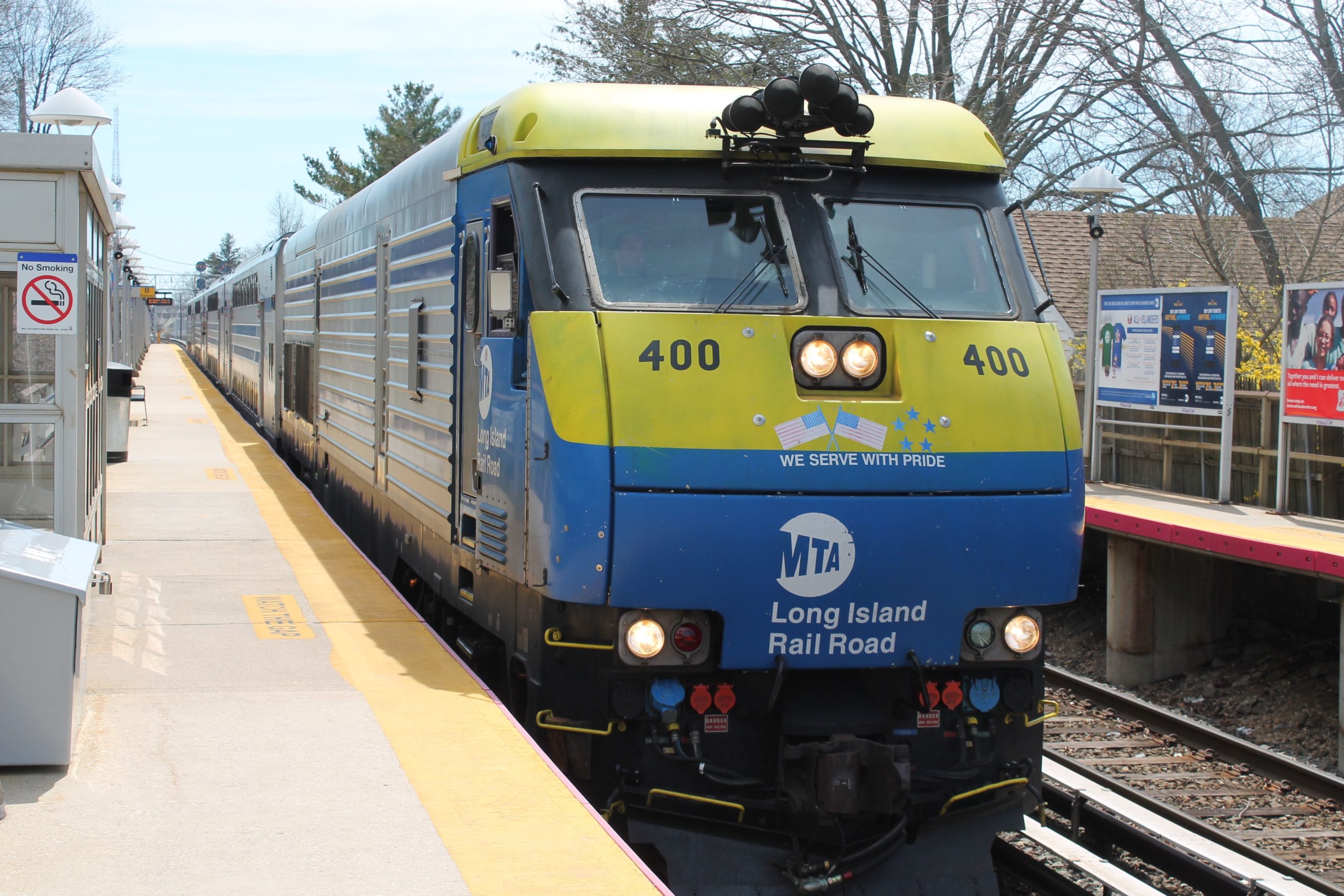In March, a woman mistakenly drove on to Long Island Rail Road tracks at the Willis Avenue crossing in Mineola. Misled by her GPS, the woman was able to escape her vehicle before it was struck by a train, unleashing a fireball. Nobody was hurt, but the crash damaged the tracks and caused hours of delays.
Prompted by that incident and others, the railroad recently announced that it would implement safety upgrades at 296 grade-level crossings to avert such accidents.
A spokesman for the Metropolitan Transportation Authority said that motorists often had trouble determining if the train tracks at a crossing were another road, particularly during rain, snow or at night.
“A GPS unit might say, ‘turn right ahead,’ meaning turn right at the next roadway intersection,” David Mayer, the chief safety officer for the MTA, told Newsday. “In poor visibility … when the motorist sees the white edge line interrupted by the railroad crossing, he or she might mistake the crossing for a road and inadvertently turn down the tracks.”
According to the LIRR, there were 21 instances this year where a car drove on to tracks. Along with endangering the motorist, the MTA spokesman said the problem caused 400 delays for the railroad last year.
To prevent these incidents, the transit agency has taken a fourfold approach. The white edge lines that mark the boundaries of the road will now be painted through the crossings. In addition to paint, the edge lines will also include reflectors to make them easier to see at night. At certain intersections, flexible poles called delineators have been installed at the edges of the crossing.
Additionally, the MTA has been working with Google and Waze to improve their GPS instructions, such as saying “after the railroad tracks, turn right,” instead of “turn right ahead.”
Originally, the plan was to implement the crossing upgrades at only a few crossings that saw the most incidents. But incoming LIRR President Phillip Eng liked the idea, according to a spokesman, and decided to have it implemented throughout the system.
The crossing upgrades are part of the “LIRR Forward” program, which was announced Monday. The program outlines various upgrades and repairs to revitalize the LIRR and improve customer satisfaction.
“LIRR Forward is the first formal step in a new direction that will help us anticipate our problems before they arise, set standards on how to quickly and correctly respond to the challenges we face, to deliver what our ridership expects of us – which is safe, reliable service bolstered by timely, accurate and effective communication,” Eng said in a statement.



